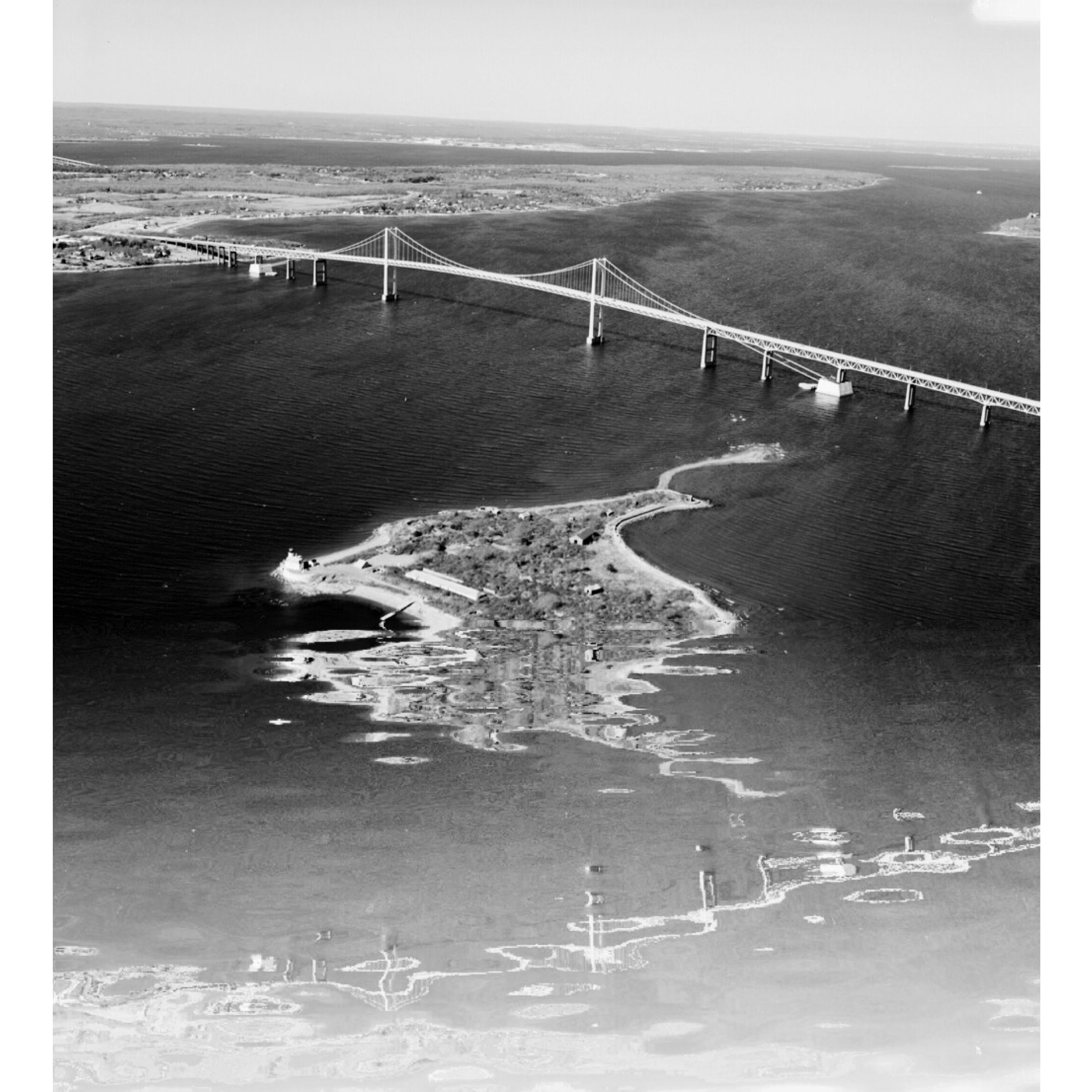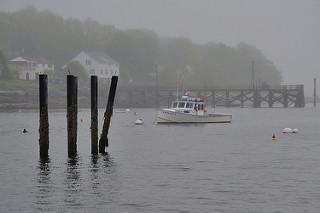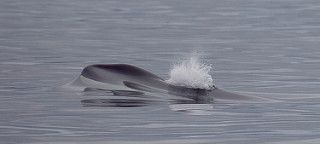Excerpted from the Digital Diary posted Sept. 29 in GoLocal24
"I love the fall. I love it because of the smells that you speak of; and also because things are dying, things that you don't have to take care of anymore, and the grass stops growing."
-- Mark Van Doren (1894-1972), American poet and scholar
Global warming doesn’t just mean rising sea levels, which threaten the New England coast, particularly the low, flatter section of it in southeastern New England. It also means more extremes in weather, from drought to floods.
Parts of New England, especially in the south, are now starting to resemble Greater Los Angeles--- green where watered by people, brown and dusty elsewhere. Reservoirs are way down, and well water in many places is threatened.
The states understandably don’t have comprehensive ways to monitor well-water supplies and the condition of aquifers, let alone know what to do whenmany wells go dry, except, of course, urge conservation.
Scientists have been predicting that weather would become more erratic with global warming, and that seems to happening. In temperate zones this probably means more droughts interspersed with stretches of very heavy rainfall.
Of course, New England has had droughts before. But they have tended not be accompanied by particularly high temperatures. (Long summer droughts in the ‘60s came along with frequent cool northwest winds.) That seems to be changing. Now we get more hot days (and remarkably warm nights – a better indication of global warming than daytime temperatures). Thus faster evaporation.
Natural-resource managers and the public need new plans to address the drought part of climate change. But at least New England will remain better watered, and have a milder climate, than most of the United States. Indeed, we may end up selling some of it to points south and west.
-- Robert Whitcomb


![[#Beginning of Shooting Data Section]
Nikon D100
2004/05/08 10:48:19.9
RAW (12-bit) Lossless
Image Size: Large (3008 x 2000)
Lens: 70-300mm f/4-5.6 D
Focal Length: 270mm
Exposure Mode: Programmed Auto*
Metering Mode: Multi-Pattern
1/80 sec](https://images.squarespace-cdn.com/content/v1/561446cce4b094b629347f8d/1475629409394-EZWBRYSL6EDJN8N6FGFZ/fullsizeoutput_10d27.jpg)














